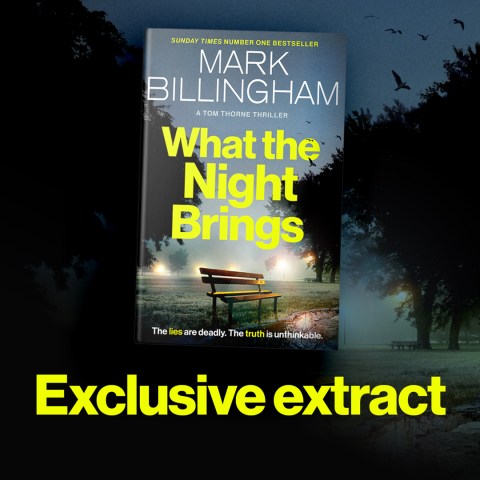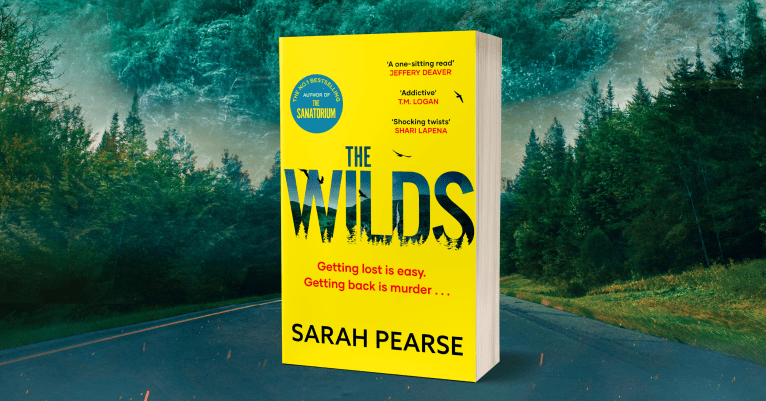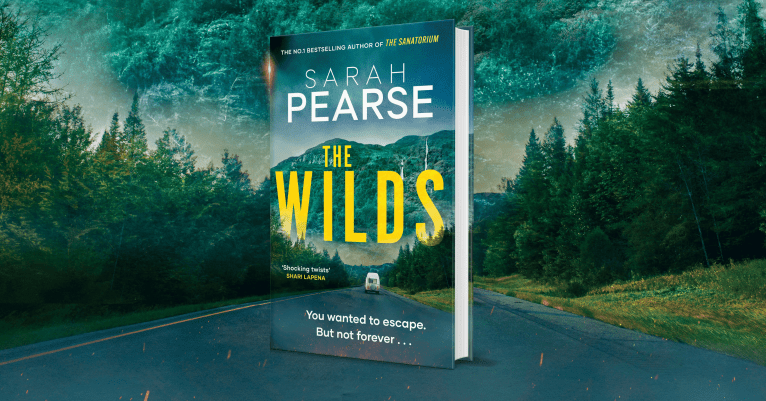A Q&A with M. W. Craven

Describe The Puppet Show in 10 11 words.
Misanthropic detective and genius civilian hunt serial killer in Lake District.
What was your initial inspiration for The Puppet Show?
The inspiration came from an argument I had with a colleague when I was still working for the probation service. He said there was a stone circle called Elva Plain near Cockermouth, where I lived. I said he was talking rhubarb, so he took me up there. Showed me this pretty unimpressive stone circle. But it was terribly isolated and in beautiful surroundings. As a crime writer my first thought was that Elva Plain would be a superb place to drop a body . . . I then researched stone circles and was astonished to find that we have more in Cumbria than anywhere else in the UK – 63 in total, and if you count the standing stones, henges and barrows there are almost 1000. The idea developed, and when my agent asked me to write a new series, this was the one at the forefront of my mind. The first draft only took 25 days . . .
What research did you have to do for the novel?
I’d already researched stone circles in Cumbria, but I hadn’t visited all the ones I was planning to write about so I did that first; figured out which best fit the narrative – isolated and dramatic. I also wanted to pick some circles that would be familiar to anyone who’s been to the Lake District, so I included Castlerigg, near Keswick (the oldest stone circle in the UK), and Long Meg and her Daughters, near Penrith (the largest stone circle in the UK). I like to use real locations in my books so readers can go and see everything for themselves if they wish so I also make sure everything is accessible.
I had also planned to use the Shap Wells Hotel as a base for the investigative team, and, as it’s the nearest bit of civilisation to where Poe lives (an abandoned shepherd’s croft he’s renovating), I knew it would feature in future books, so I wanted to visit and make sure I got it right. I’d already been to Shap Wells – we used to have our annual staff conference there – and I knew it had a fascinating history (it was once a prisoner of war camp for German officers), but I wanted to see the guts of the building. See the rooms the public can’t, that type of thing. I asked for a tour and the manager was only too delighted to show me round.
How did you create the characters of Washington Poe and Tilly Bradshaw?
Sort of by accident to be honest. I’d been struggling for a name for my protagonist, and when my wife misheard me say The Washington Post (what’s the Washington Poe?) it sort of clicked. At that point I had Poe and Tilly as less extreme versions of themselves – Poe wasn’t so brash and antiauthoritarian and Tilly was far more streetwise – but Washington isn’t a traditional Cumbrian name so I needed to explain it. When I finally figured out the name’s provenance, Poe’s character immediately became a lot darker (I can’t explain why without giving away a spoiler) and to balance that out for readers I needed to bring more light to Tilly’s character. By having her as a sweet, naïve, ex-academic, with a once in a generation mind, I stumbled upon that classic combination – the odd couple. An internationally bestselling author who’s just read an advance copy of the second Poe book, Black Summer, said he’d be quite happy to read about the pair of them going on an archaeological tour of Greek ruins, he enjoys their interactions so much . . .
What’s next for Poe and Tilly?
It’s 6 months after the events in The Puppet Show. Tilly has been promoted and now has her own small team (Poe refers to them as the ‘Mole People’ as they tend to blink when they go outside) and Poe is struggling to come to terms with some of the revelations of the Immolation Man case. He gets a phone call telling him that an investigation he worked on when he was a Cumbrian cop has gone wrong. A murder victim has turned up alive and well and the man who Poe put behind bars is innocent. Poe finds himself on the wrong end of an investigation and, when the true nature of what’s in store for him is revealed, he turns to the only person he trusts to help him: Tilly Bradshaw. Under the pressure of a ticking clock, with the net closing in around him, he and Tilly must figure out an impossible puzzle: how can someone be both dead and alive at the same time?








